What is Onigiri ??
Onigiri, or Japanese rice balls, are a beloved staple in Japanese cuisine, combining simplicity and versatility. These hand-shaped creations of seasoned Japanese rice are often wrapped in nori (seaweed) and filled with a variety of flavorful ingredients. Onigiri is not only a convenient and portable snack but also a cultural icon enjoyed by people of all ages.
The beauty of onigiri lies in its adaptability. It can be filled with savory or sweet ingredients, shaped into triangles, circles, or other creative forms, and enjoyed as a snack, meal, or picnic favorite. The combination of fluffy rice, flavorful fillings, and salty nori creates a satisfying bite that’s hard to resist.
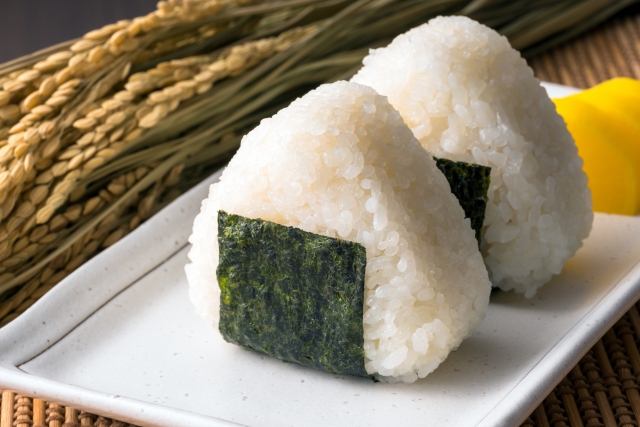
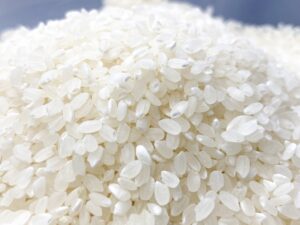
Popular Fillings and Flavors
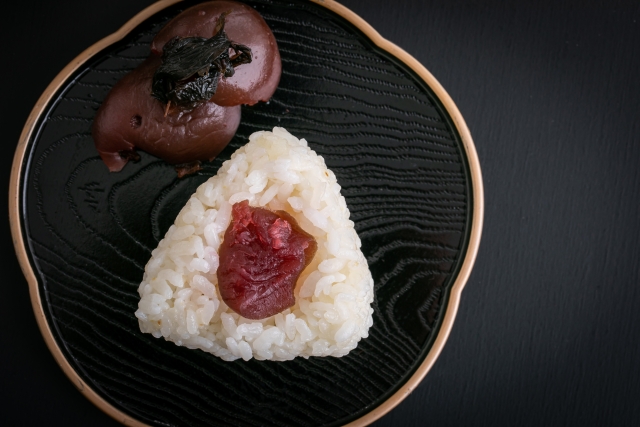
Umeboshi is a classic, tangy filling with a long shelf life.
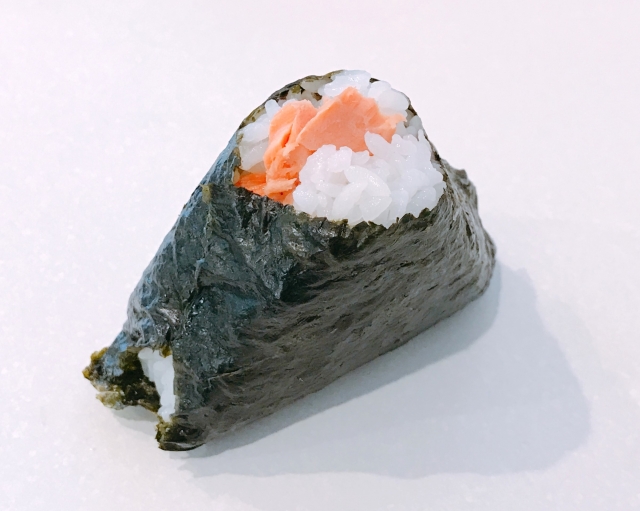
Grilled or salted salmon adds a rich, savory flavor.
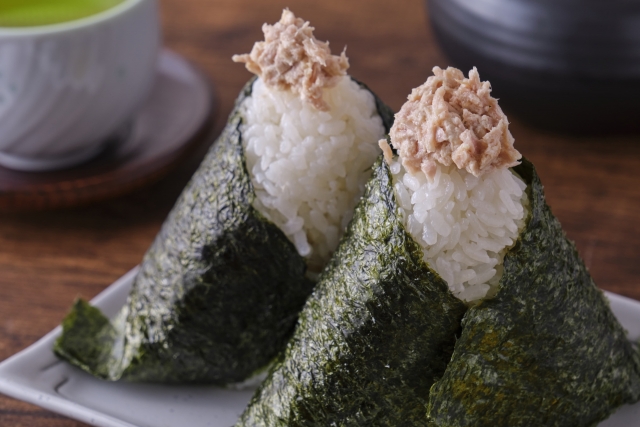
A modern favorite featuring a creamy blend of tuna and mayonnaise.
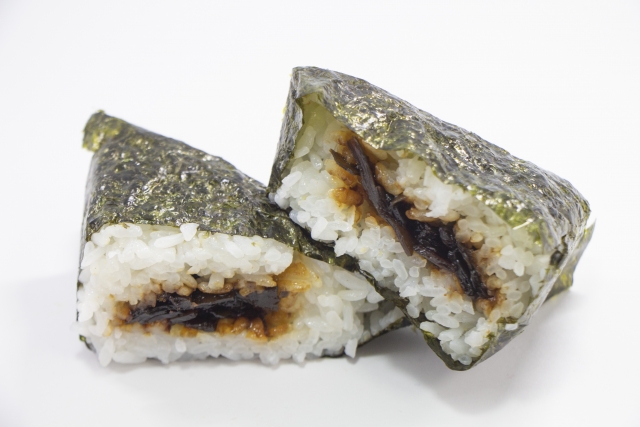
The sweet and spicy Kombu is full of flavor.
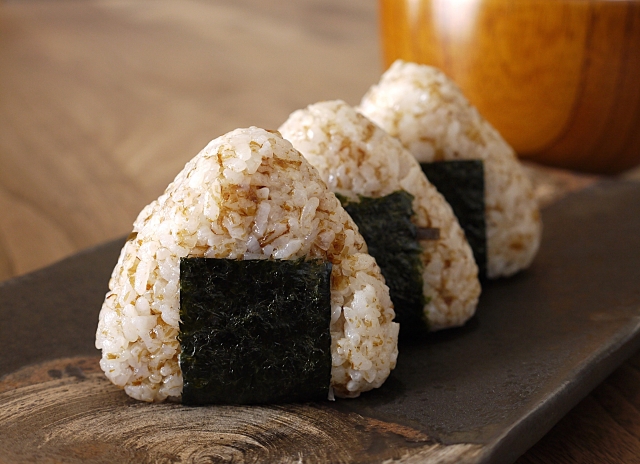
(Bonito Flakes with Soy Sauce)
A smoky, savory option with a touch of soy sauce.
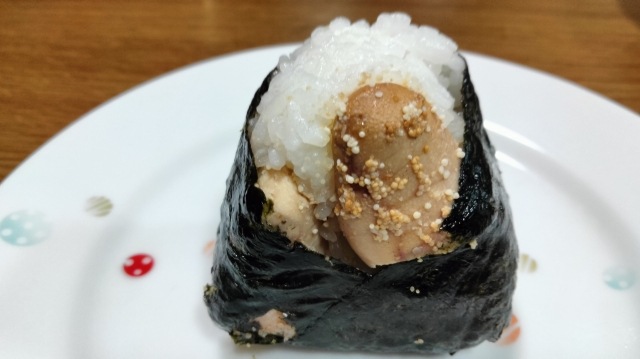
A slightly salty and fishy filling, loved for its bold taste.
How to Make Onigiri
Making onigiri at home is simple and allows for endless customization. Here’s a basic guide.
Ingredients
- Cooked rice (preferably warm and slightly sticky, such as Japanese short-grain rice)
- Salt
- Your choice of fillings (e.g., umeboshi, grilled salmon, tuna mayo, etc.)
- Nori (seaweed sheets), optional
Instructions
- Prepare the Rice: Cook Japanese short-grain rice according to package instructions. Allow it to cool slightly, so it’s warm but not hot.
- Season Your Hands: Wet your hands with water to prevent sticking, then rub a small amount of salt on your palms for flavor.
- Shape the Onigiri: Scoop a handful of rice and flatten it slightly in your palm. Place your filling in the center and cover it with more rice. Gently shape the rice into a triangle, ball, or cylinder by pressing it lightly with your hands.
- Wrap with Nori: If desired, wrap the shaped onigiri with a strip of nori just before serving. This keeps the nori crispy.
- Enjoy or Store: Serve immediately or store in an airtight container for later consumption.
Tips
- Use plastic wrap if you’re new to shaping onigiri for easier handling.
- Keep your hands lightly moistened throughout the process to prevent rice from sticking.
- Experiment with different fillings and shapes to suit your taste!
Variations of Onigiri
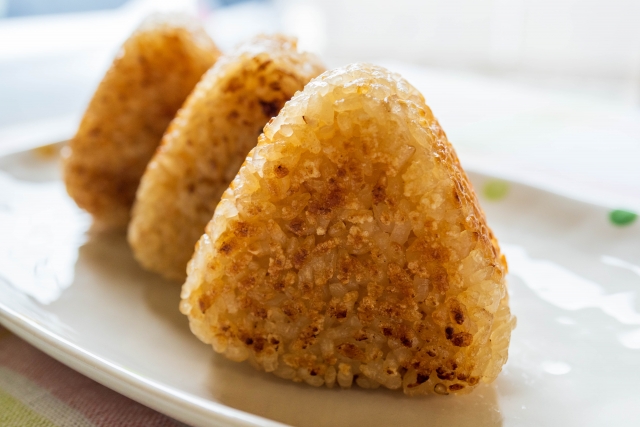
Grilled rice balls brushed with soy sauce for a smoky, crispy crust.
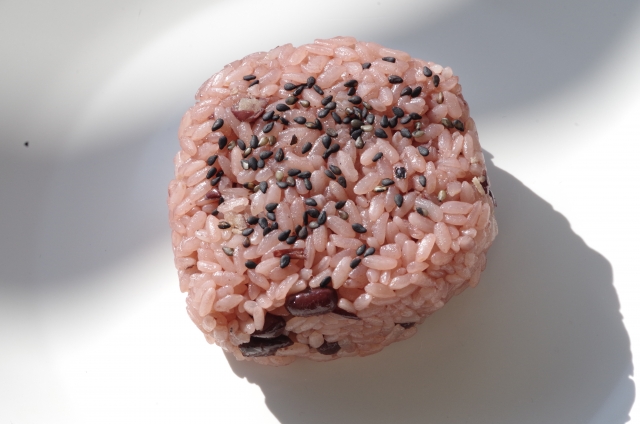
Made with red rice and azuki beans, often enjoyed on celebratory occasions.
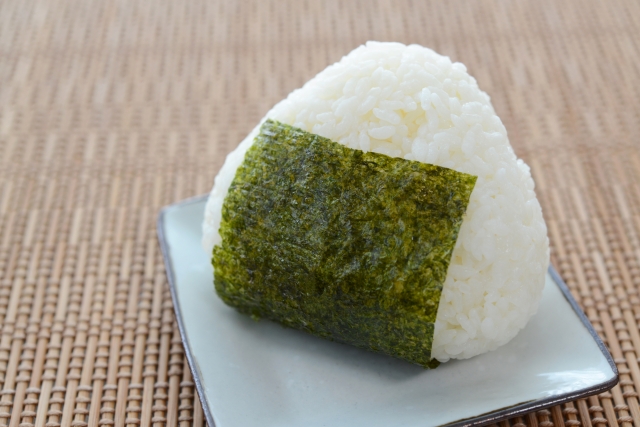
A simple salted rice ball, showcasing the natural taste of rice.
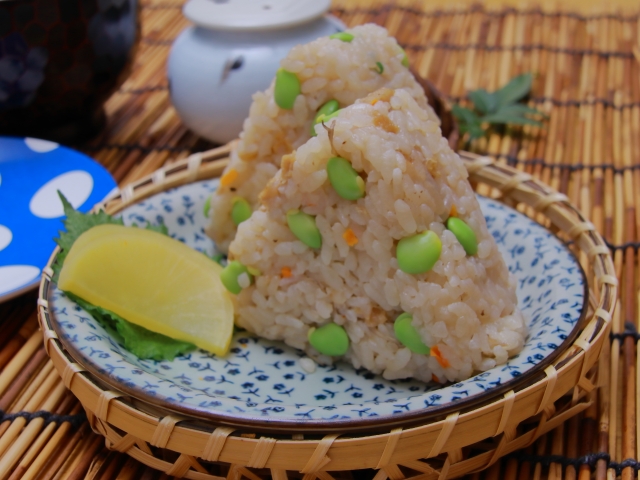
Rice mixed with ingredients like vegetables, mushrooms, or chicken.
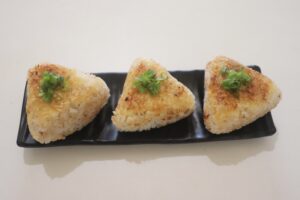
How to make Grilled Rice Ball Video
Side Dishes and Toppings
Pickled Vegetables (Tsukemono) : Such as takuan (pickled daikon radish) for a refreshing contrast.
Miso Soup: Miso Soup is a classic pairing for a warm and hearty meal.
Sesame Seeds or Furikake: Sprinkled on top to enhance flavor and texture.
History of Onigiri
The history of onigiri dates back centuries, with its earliest mentions appearing in Heian period (794–1185) documents as “nigirimeshi” (rice balls). At the time, cooked rice was shaped into balls and used as portable food. During the Sengoku period (1467–1615), onigiri became a staple for samurai on the battlefield due to its convenience and ease of transport. This period marks the origin of the modern onigiri.
By the Edo period (1603–1868), onigiri filled with simple ingredients like salt or umeboshi (pickled plum) became widespread among commoners. In the Meiji period (1868–1912), the addition of nori (seaweed) wrapping emerged, creating a style closer to today’s onigiri.
During the Showa era (1926–1989), advances in refrigeration expanded the variety of fillings, and the widespread availability of convenience stores further popularized onigiri. In modern times, onigiri continues to evolve, offering a wide range of flavors and filling combinations, cementing its place as a beloved and versatile food for people of all ages.
Nutritional Value of Onigiri
Onigiri is primarily made of rice, making it a rich source of carbohydrates and an excellent energy booster. The nutritional value varies depending on the filling—umeboshi (pickled plum) provides citric acid that helps combat fatigue, while salmon offers high-quality protein and omega-3 fatty acids. Fillings like kombu (kelp) or katsuobushi (bonito flakes) provide essential minerals and vitamins, though mayonnaise-based fillings may be higher in calories.
The seaweed wrapping (nori) adds additional nutrients, such as vitamin A, B vitamins, and iodine. Onigiri is easy to digest, making it ideal as a quick snack, a pre/post-workout meal, or a convenient breakfast on busy mornings. However, care should be taken with fillings that are high in salt to avoid excessive sodium intake.
Cultural and Social Significance
Onigiri is more than just food. it’s a cultural symbol of care and comfort. Often made at home by loved ones, it carries a sense of warmth and nostalgia. Whether enjoyed during a family picnic, packed in a school lunchbox, or purchased at a convenience store, onigiri represents the heart of Japanese home-style cuisine.
Comments